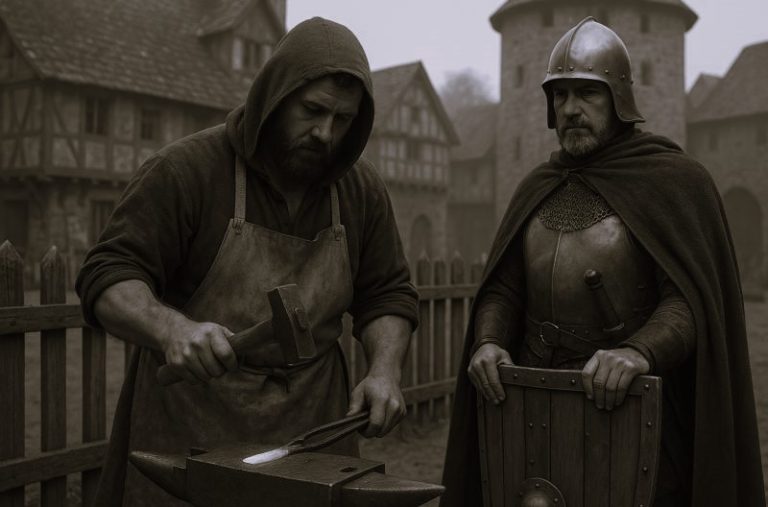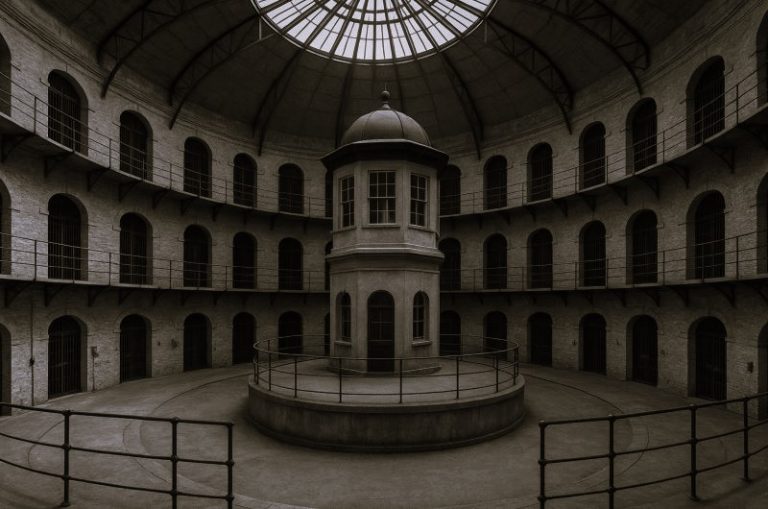
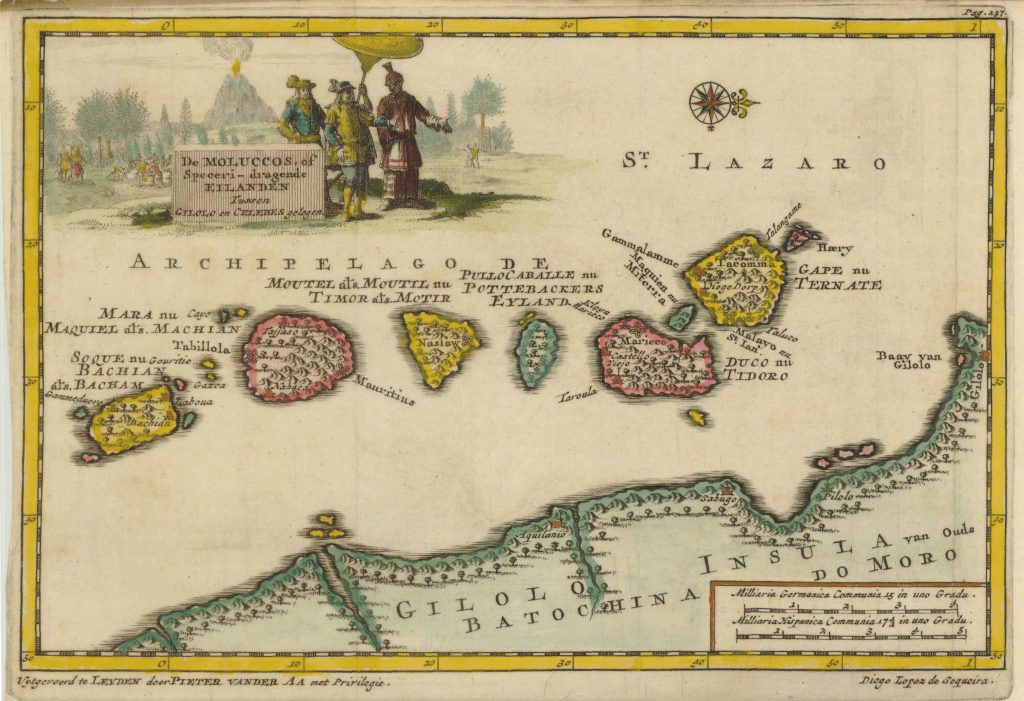
It can easilybe argued that the United States exists today becausemedieval Europeans liked spicy food.

Curated/Reviewed by Matthew A. McIntosh
Public Historian
Brewminate
Introduction
The Spice of Life History can be changed by many things. A battle,an election, an earthquake, or even a rainstorm can alter the course of events. But would you ever have thought that peppercorns and cinnamon sticks could lead to one of history’s great developments? Because it can easily be argued that the United States exists today because medieval Europeans liked spicy food.
Supermarkets today stock all sorts of spices that can be used to season or add flavor to different foods. In medieval Europe, however,people relied on spices not only to flavor their food, but also as a way to preserve it. Without refrigerators or other cold storage, medieval Europeans used spices to extend the time period during which meats and other foods could be stored and then safely eaten before turning rotten.
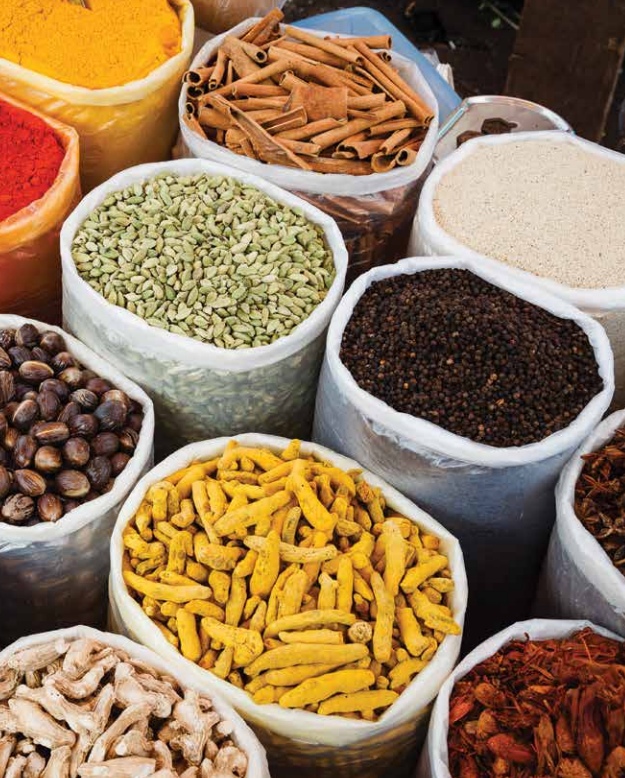
In the Middle Ages, spices were hard to get. Pepper, cinnamon,ginger, cloves, and other seasonings were grown in faraway Asia. Getting the spices to Europe took a lot of time and effort.Distances were great, and travel back and forth was dangerous.As a result, spices were very expensive. Europe’s desire for cheaper spices sparked the Age of European Exploration and its settlement of the Americas.
The Spice Islands
Different spices come from different places. Many of the most desirable spices come from the islands of present-day Indonesia.Indonesia is an archipelago, or chain of islands. It stretches from Southeast Asia’s Malay Peninsula to the continent of Australia. This group, known as the Malay Archipelago, contains more than thirteen thousand islands.Some, like Sumatra and Java, are large. Others, like the Maluku Islands located south of the Philippines, are smaller. Of all the spice-bearing islands, the Maluku Islands are probably the most famous. Indeed, for many years, Europeans referred to them as the Spice Islands.
The islands of the Malay Archipelago are special. They mark a boundary between two sections of Earth’s crust. The ridge formed by those sections is noted for its volcanoes and earthquake activity. It is part of the Ring of Fire, an arc of volcanoes that surrounds the rim of the Pacific Ocean.

The equator runs through the Malay Archipelago, just south of the Malay Peninsula. Daytime temperatures are between 70° and 90°F year-round. Rainfall can be as much as 320 inches a year on the forested mountain slopes. On the rain shadow sides, it can be less than twenty inches a year.Overall, the annual average is eighty inches. Heat, heavy rainfall,and rich soil result in exceptional spice crops.
The Quest for Spices
You might wonder why the Europeans didn’t just sail over to the Spice Islands and buy their spices. It wasn’t that simple. They did not yet know that the Atlantic Ocean went as far as the southern tip of Africa. Nor were their ships and navigational skills suited to such long voyages. And at the time, the exact location of the Spice Islands was a closely guarded secret.
During the Middle Ages, the spice trade was controlled by Arab traders. They controlled the market not only for nutmeg and cloves from the Spice Islands, but also for ginger from China and cinnamon from India. For hundreds of years, from around 1100 until 1400, the Arabs managed to keep the location of the Spice Islands a secret. They even made up stories about how dangerous it was to sail to these islands. If you had been alive then you might have heard tales told by Arab traders of the fantastic monsters and hideous flesh-eating birds that guarded the Spice Islands. Stories like these were designed to help the Arab traders preserve their monopoly of the spice trade.
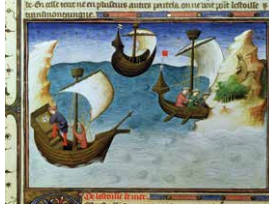
How did the spice trade work? Arab traders sailed east to trading centers in India, Ceylon (now Sri Lanka), and the Spice Islands.After loading up their ships, they sailed west again. A typical trip took them around the Arabian Peninsula, into the Red Sea, and north to Egypt. There they sold the spices to merchants from Venice and other parts of Italy.The Arab traders made huge profits from this exchange.
The Venetians did well, too.They negotiated with Arab traders to distribute spices throughout Europe. Europeans wanting to purchase spices had to deal with Venice. Once they had acquired the spices, the Venetian merchants could set whatever prices and taxes they pleased. This arrangement made Venice a very wealthy city. It also made the Venetians unpopular.
Wealthy Europeans had become used to exotic goods from the Venetian marketplace. At the same time, they resented the high cost of doing business with Venetian merchants. Similarly, the Venetian merchants dreamed of a time when they would not have to deal with the Arab traders, but instead be able to deal directly with merchants in the Spice Islands.
The Travels of Marco Polo
Maffeo and Niccolo Polo were brothers who lived in Venice in the second half of the thirteenth century. The Polos were great traders and travelers. When the overland trade routes that had existed in Roman times opened up again, they set out to find the legendary markets of the East. At the time, the Mongols controlled much of Asia and part of Europe. The Mongols made the roads safe for travelers, and many adventurers were anxious to seek their fortunes. Some went to trade for silk, gems, porcelain, and tea. Others hoped to find sources of the world’s most exotic spices.
When the Polo brothers started their second journey east in 1271, they decided to take Niccolo’s young son, Marco, with them. The expedition ended up taking them twenty-four years to complete. The three spent time in the service of the Mongol ruler Kublai Khan and traveled throughout Asia by land and by sea.

Marco’s father and uncle served as military advisers to the Great Khan. Kublai Khan took a liking to Marco. He sent Marco to distant parts of his kingdom on diplomatic missions.Wherever he went,Marco observed,asked questions, and remembered what he had seen.
In 1295, Marco Polo returned to Venice. Soon after, he was captured during a war with a neighboring city. Polo was sent to jail. His cellmate was a writer from the city of Pisa. During his days in prison, Polo talked about his travels, and the writer wrote down what Marco said. Together, the two cellmates produced a book that helped change the world. The Travels of Marco Polo was read by people all over Europe, first in handwritten copies and later in printed editions. Polo was the first European to write about China,Thailand, the Malay Archipelago, and other Asian lands. His book inspired European mapmakers to update their maps. Almost two hundred years after it was written, this book inspired an Italian sea captain named Christopher Columbus.
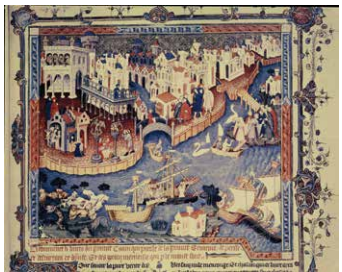
For centuries, the search for the Spice Islands attracted explorers, adventurers, and dreamers like a magnet. While searching for the Spice Islands, these explorers found lands, oceans, and peoples that they never knew existed. It is perhaps not an exaggeration to say that the desire to reach the Spice Islands led to the European exploration of the entire planet.
From The Age of Exploration, originally published by the Core Knowledge Foundation under the terms of a Creative Commons Attribution-NonCommercial-ShareAlike 4.0 International license.





